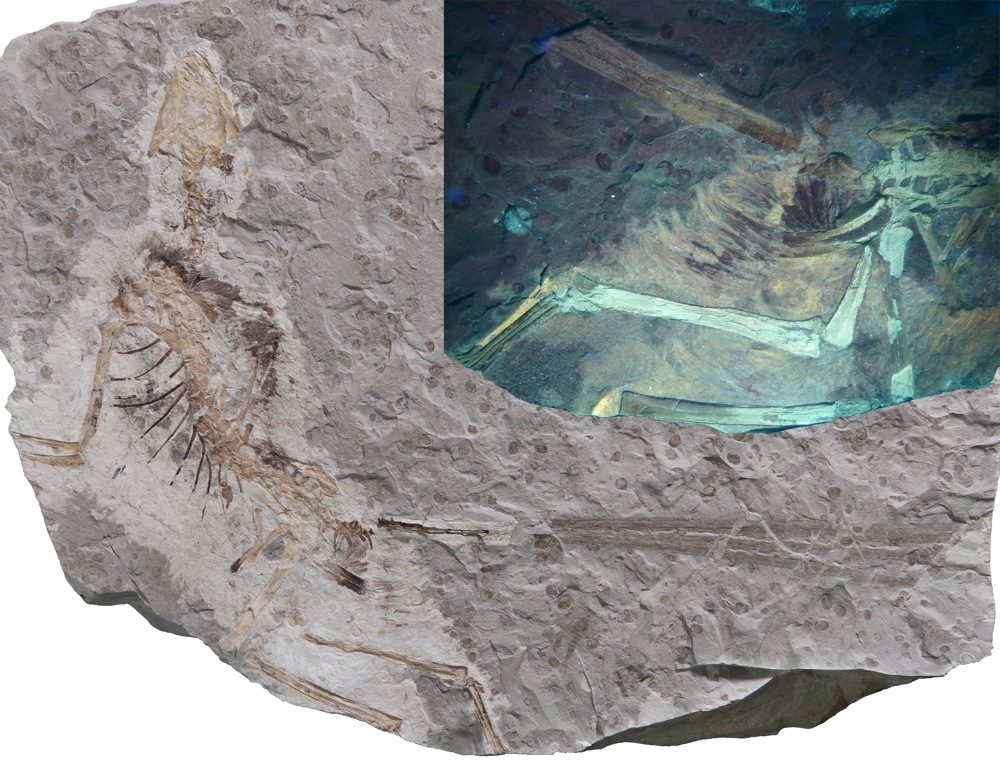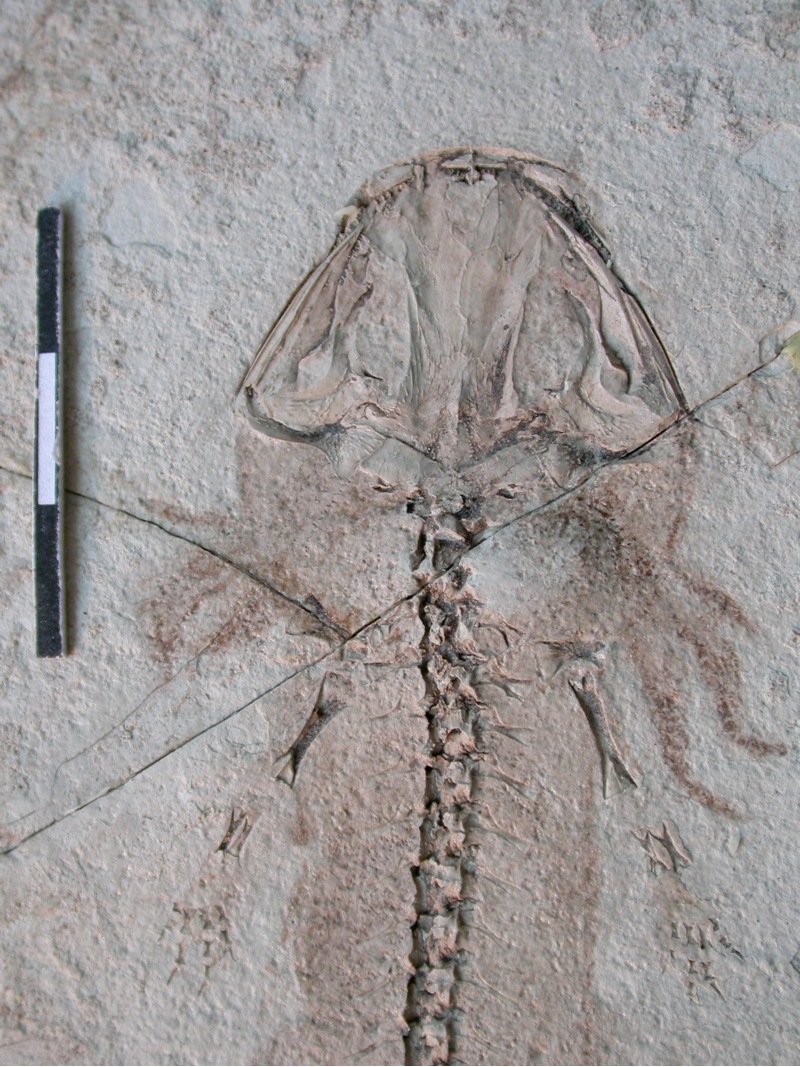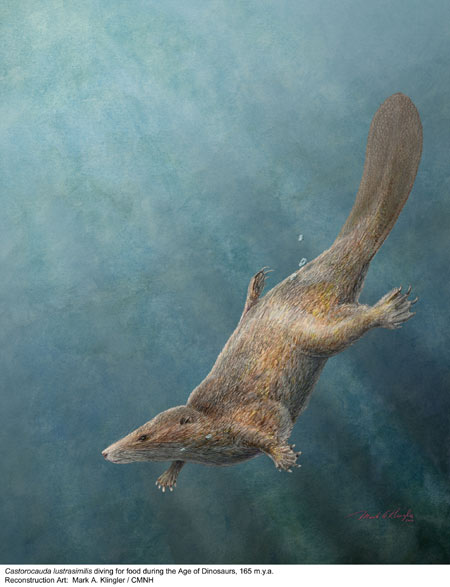In Photos: Wacky Fossil Animals from Jurassic China
Jurassic scene

In recent years many fossils have emerged from sites dating to the Middle-Upper Jurassic Period, about 160 million years ago. In a new study detailed in March 2014 in the Journal of Vertebrate Paleontology, researchers reveal several of these Jurassic sites supported similar species, suggesting they can be recognized as representing a single fossil fauna and flora — now named the Daohugou Biota after a village near one of the major localities in Inner Mongolia, China.
Here, a reconstruction of the Daohugou fauna featuring feathered dinosaurs, pterosaurs, early mammals and amphibians among others.
Early swimming mammal

Castorocauda, a mammal that may have swam using its beaver-like tail during the Jurassic Period, is shown preserved here with "scale-like" skin.
Feathered beast

Among the finds within the Daohugou Biota, dating to the Jurassic, in Mongolia was this feathered dinosaur Epidexipteryx, with inset showing additional feathers and soft tissues revealed by the use of U.V. light.
Jurassic salamander

Found in the Daohugou Biota in Mongolia, the fossil of this salamander Chunerpeton showing not only the preserved skeleton but also the skin and even external gills. The fossil dates back to the Jurassic Period, about 160 million years ago.
Mammals Might Have Soared Before Birds

Reconstruction of the gliding mammal. Credit Chuang Zhao and Lida Xing.
Mammal Swam with Dinosaurs

Illustration of Castorocauda lutrasimilis. The artwork of the reconstructed animal is 50% of actual fossil size.
Get the world’s most fascinating discoveries delivered straight to your inbox.
Jeanna Bryner is managing editor of Scientific American. Previously she was editor in chief of Live Science and, prior to that, an editor at Scholastic's Science World magazine. Bryner has an English degree from Salisbury University, a master's degree in biogeochemistry and environmental sciences from the University of Maryland and a graduate science journalism degree from New York University. She has worked as a biologist in Florida, where she monitored wetlands and did field surveys for endangered species, including the gorgeous Florida Scrub Jay. She also received an ocean sciences journalism fellowship from the Woods Hole Oceanographic Institution. She is a firm believer that science is for everyone and that just about everything can be viewed through the lens of science.


